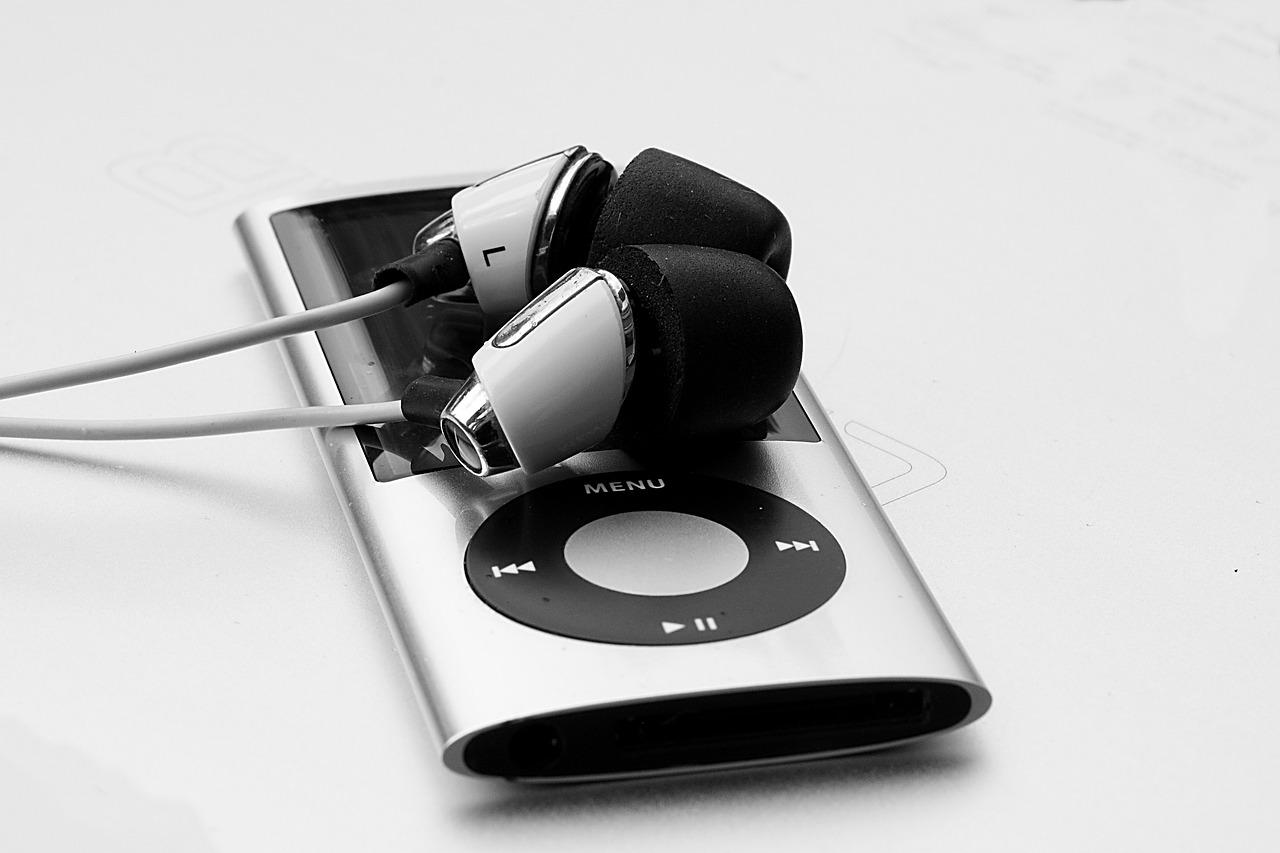Are you tired of battling with file formats that don’t play nicely together? If you’ve ever found yourself staring at a QuickTime video that simply refuses to cooperate with your favorite media player, you’re definitely not alone. In a world where convenience reigns supreme, the need to effortlessly convert video files into universally accepted formats like MP4 has never been more crucial. Whether you’re looking to share videos online, edit them, or just enjoy them on different devices, this simple guide is here to save the day. So, grab your popcorn and get ready to unlock the secrets of smooth conversions—let’s dive in!
Understanding the QuickTime Format and Why MP4 is Your Best Bet
When diving into the world of video formats, QuickTime often pops up as a reliable option, particularly for Apple users. This format, developed by Apple, brings along a host of features, including support for various codecs, interactivity, and ease of integration with other Apple software. However, it’s not without its quirks. QuickTime files tend to be larger due to their quality, which can be a major drawback if you’re looking to share or upload videos online. This is where MP4 emerges as a real game-changer. With its robust compression capabilities and universally accepted format, MP4 offers a seamless experience for viewing, sharing, and storing videos. It’s like the friendly neighborhood guy who everyone loves—easy to work with and always reliable!
Now, why should you consider making the switch from QuickTime to MP4? First off, MP4 is compatible with virtually every device and platform you can think of. Whether you’re on a smartphone, tablet, or computer, MP4 has your back. Secondly, the smaller file sizes mean you’ll spend less time waiting for uploads and downloads, and that’s a win-win in our fast-paced digital world. Let’s take a quick look at a couple of benefits:
| Feature | QuickTime | MP4 |
|---|---|---|
| File Size | Generally Larger | Compact |
| Compatibility | Primarily Apple Devices | Universal |
| Streaming Capability | Limited | Excellent |
In a nutshell, while QuickTime may serve its purpose well, MP4 stands out as the more versatile and user-friendly choice. It’s like choosing between a clunky old car that runs well and a sleek, fuel-efficient model that takes you everywhere you need to go without breaking a sweat. So, if you’re looking to future-proof your videos and ensure they play nicely across all platforms, MP4 is definitely the way to go!
Step-by-Step Guide to Converting QuickTime to MP4 with Ease
Ready to transform your QuickTime files into the ever-popular MP4 format? It’s simpler than you might think. Start by launching the QuickTime player, which is likely already gracing your desktop. Once you’ve got it open, simply navigate to File on the menu bar and select Export As. Dive into the export options and select the MP4 format; this gives your video a refreshingly mobile-friendly makeover. Just like choosing the right outfit for an occasion, MP4 suits most devices perfectly, providing both compatibility and quality.
After selecting the format, all that’s left is saving your masterpiece. Choose your destination folder and give it a catchy name—like “My Awesome Video”—so you can easily find it later. If you’re feeling adventurous, don’t forget to check the settings; you might want to adjust resolution or quality based on your needs. Here’s a handy summary of your options at a glance:
| Option | Description |
|---|---|
| Resolution | Quality of the video output |
| Quality | Compression settings to balance size and clarity |
Once you hit that save button, watch your QuickTime file magically morph into MP4! It’s all about making the most of your tech without the fuss. So go ahead and get started; making that conversion was never meant to stress you out.
Choosing the Right Tools for a Seamless Conversion Experience
When you’re diving into the world of video conversions, selecting the right tools can make all the difference. Think of it like choosing the perfect pair of shoes for a hike; you want something that fits well and helps you navigate the terrain smoothly. Here are a few key options to consider:
- Software Solutions: Programs like HandBrake or Movavi Video Converter offer robust features with user-friendly interfaces, perfect for both beginners and pros.
- Online Converters: Websites such as CloudConvert or Zamzar are super convenient—you can convert files without any downloads, as long as you have a decent internet connection.
- Mobile Apps: If you’re on-the-go, apps like VidCompact or Video Converter offer a quick solution right on your smartphone for instant conversions.
To choose wisely, consider the following factors when evaluating these tools:
| Tool Type | Best For | Features |
|---|---|---|
| Software | Heavy editing | Batch processing, customization options |
| Online Converters | Quick tasks | No installation needed, accessible anywhere |
| Mobile Apps | Portable use | User-friendly, fast conversions |
By weighing these options and understanding your specific needs, you’ll be well on your way to a seamless conversion experience that feels as easy as pie!
Troubleshooting Common Issues During the Conversion Process
When you’re diving into the world of converting QuickTime files to MP4, it’s not uncommon to stumble upon a few hiccups along the way. You might find that your chosen software crashes unexpectedly, or maybe the conversion speed feels slower than a snail on vacation. These frustrations can derail your project, but fear not! A common culprit for sluggish performance is insufficient system resources. Make sure you close any unnecessary applications to free up RAM, and consider updating your software to the latest version; sometimes these updates contain performance enhancements that can make a world of difference. Additionally, check if your file is exceptionally large or formatted in a way that complicates conversion, as this can add to the processing time.
Another issue that often crops up involves audio not syncing properly with video post-conversion. Picture this: you’ve finally got your shiny new MP4 ready, only to discover that your epic soundtrack is out of whack with the visuals. Super annoying, right? This can often result from the conversion tool not handling certain codecs well. To avoid this, make sure you’re using a reputable converter known for handling multiple formats effectively. Also, confirm that both your source and destination formats are compatible and check the output settings in the software. A quick tweak here and there can save you a lot of grief in the long run.
Key Takeaways
And there you have it! Converting QuickTime to MP4 doesn’t have to feel like solving a Rubik’s Cube blindfolded. With just a few simple steps, you can take those beloved QuickTime files and transform them into a format that’s versatile, lightweight, and ready to roll on just about any device you throw at it. Whether you’re saving space on your hard drive, prepping for a video project, or simply looking to share videos with friends without compatibility headaches, this guide has got you covered.
So why not give it a shot? Grab your QuickTime files, follow the steps outlined, and watch as they seamlessly morph into MP4s right before your eyes. Remember, in the world of digital media, flexibility is key, and now you’re equipped with the tools to unlock that potential. Happy converting, and may your media always play smoothly!





